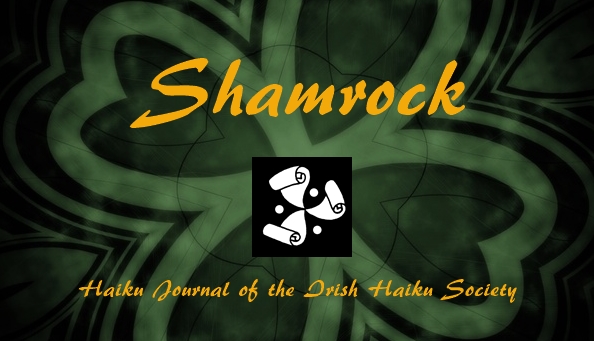the rest of the world
An international online journal that publishes quality haiku, senryu and haibun in English
irishhaikusociety[at]gmail[dot]com
(not for submissions)
Home Page
Archive
Book-Shop

IHS International Haiku
Competition 2017 announced!
The Irish Haiku Society International Haiku
Competition 2017 offers prizes of Euro 150, Euro 50 and Euro 30 for
unpublished haiku/senryu in English. In addition there will be up to
seven Highly Commended haiku/senryu.
Details and previous winners here:
http://irishhaiku.com/haikucompetition.htm
All the entries shall be postmarked / e-mailed by 30th November 2017.
Good luck to all!
World Children's Haiku Contest
2017-2018 A call for Irish entries for the World Children's
Haiku Contest 2017/2018 (one three-line haiku + an artwork per child
from the island of Ireland who is under 15 years of age on 15th January 2018) organised by JAL Foundation (Japan)
in co-operation with the Irish Haiku Society. The winning haiku
will be published in the anthology "Haiku by World Children". Shamrock Haiku Journal
Readers' Choice Awards We invite all the readers of Shamrock
Haiku Journal to
vote for the best haiku/senryu poem published in 2017, i.e. in the
issues THIRTY-SIX to THIRTY-EIGHT (you cannot vote for your
own poem, though). To vote, send an
e-mail to irishhaikusociety[at]gmail.com with
"Best haiku of 2017" or "Best senryu of 2017" in the subject line.
Please insert the full text of the poem you vote for (only ONE poem in
each category) plus the name of its author in the body of your e-mail.
The deadline for vote is 28th February
autumn painting –
All that
Remains
The Ireland Section: rules, the entry form and more information can be
found on the Irish Haiku Society website:
http://irishhaiku.webs.com/haikucompetition.htm
All the entries shall be postmarked by 15th January 2018.
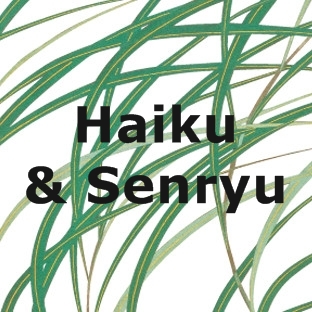
honeysuckle the scent of summer passing
drizzle-wet trees
a nettle leaf flicks
within the stillness
closer to dusk
the herb-robert
one petal less
back in the shallows
of a bog pool
golden birch leaves
from autumn's debris
the clarity
of a robin's song
-- Thomas Powell (Northern Ireland)
waterlily lake
a dragonfly
at each dazzle point
surface tension –
a tangle of sea snakes
sunbathing
quickening pulse –
a swarm of butterflies
in the buddleia
--
Lorin Ford (Australia)
evening chill
the glimmer of foam
on moon-lit sand
rust-colored clouds
wood smoke hangs heavy
over russet fields
marsh hollow
the skeletal stubs
of blackened birches
--
Jay Friedenberg (USA)
old wound
peonies droop
from the weight of rain
sand fiddlers
the lengthening arc
of the sun
blood moon
the subtle scent
of citronella
--
Jennifer Hambrick (USA)
midday sun
the passing shadows
of egrets
evening calm
the heron and I
still in the breeze
--
Ben Moeller-Gaa (USA)
Buddha
his little hat
of snow
spring snow –
taking the soup bowl
with both hands
--
Bryan Rickert (USA)
keening gull
the sea's song trapped
inside a shell
currawong calls
in the fig
gathering darkness
--
Gavin Austin (Australia)
hard frost overnight
the bare maple
in its yellow pool
after the wedding
legs of the gazebo
askew
--
Paul Bregazzi (Ireland)
winter hills –
clinging to craggy rocks
an ice fall
--
Adelaide Shaw (USA)
prairie sky –
the sudden spray
from a peeled mandarin
--
Michael Dylan Welch (USA)
washed out pier –
a pelican perched
on every pylon
--
Melissa Watkins Starr (USA)
Navajo loom
a bat weaves
dusk into night
--
Frank Hooven (USA)
rising sun
a hawk races its shadow
across the lake
--
Greg Schwartz (USA)
no leaves
to hide its nakedness
winter moon
--
Dottie Piet (USA)
wisps of fog
in the valley
swans in flight
--
Joanna M. Weston (Canada)
limestone cliffs
eroding to powder
a scent of the sea
--
John Hawkhead (England)
waves
hushing a rock
to sleep
--
Sharon Verrall (Ireland)
late spring –
beneath the rainbow
a scarecrow aflutter
--
Tim Murphy (Ireland/Spain)
summer eve
the warmth of
grandpa's garden bench
--
Christof Blumentrath (Germany)
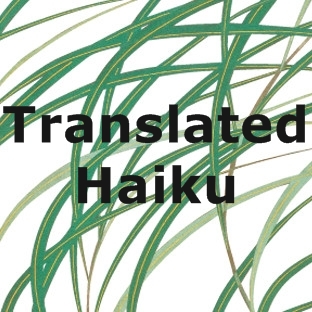
the quenched cry
of sleeping flowers
the sky's
blue blood –
the stars bloom in it
acacia bursts
into blossom –
roaring buds
--
Florentin Smaradache (Romania; translated from Romanian by Anatoly
Kudryavitsky)
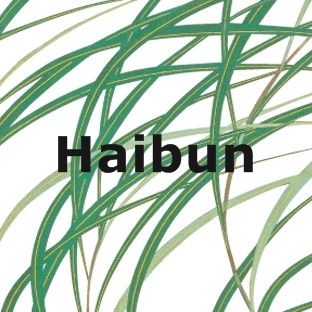
by
Derek Ross (Scotland)
Once, six thousand people lived here, but now Kayakoy, an abandoned
hillside town in South West Turkey, is in ruins. The town's ethnic
Greek population were forcibly removed to mainland Greece as a result
of the Greco-Turkish War of 1920-21. Yet, the houses are intact enough
to give an insight into the lives that were played out here. Many still
have a trace of their internal colour, the odd carved icon clings to a
chimney breast, here and there the fallen walls of gardens.
I'm drawn to a house that has
the remains of a doorway and door. There is no one else around, so I
ignore the "Keep to the Path" signs. I only take a few careful steps
inside. Rubble is everywhere, the roof has long gone but most of the
walls still stand. A pigeon flees through a gaping window and startles
me. I begin to feel uneasy, as if I am intruding
somehow.
Walking back to the bus stop,
I remember reading that the Turks of neighbouring villages petitioned
Ankara to let their friends stay, but to no avail. As I walk on, I can
hear the chatter of gossip, the laughter of children, the clatter of
donkeys hooves on narrow streets.
setting sun
long shadows drift
over worn cobbles
The
Unattached
by
Anna Cates (USA)
a leaf of grass
in bondage to the wind –
Karma
Ask
a linguist or Jain, literary critic or philosopher, to solve the puzzle
of this heterodoxy. Speech cannot describe reality without
contradiction. Qualified speech is corollary to the doctrine
of maybe. Syad-vada.
X is infinite denies impermanence. Maybe x is infinite is
more correct, acknowledges other possibilities: Maybe no,
maybe yes, maybe both.
Souls suffer limitation, expansion, contraction, transmigration – are
classified into five categories:
Touch: Sunlight opens the tea leaf.
Taste: Blood seduces the flea.
Smell: Wildflowers draw the bee.
Sight: My fluffy cat delights me.
Sound: Its purring soothes me.
Yes, no, or maybe ...
Chill, man!
by
Ignatius Fay (Canada)
What is it with registration and outpatient waiting rooms? They always
seem to be eight or ten degrees cooler than the rest of the hospital.
Do veins stand out more clearly, making the drawing of blood easier, if
the patient is a little chilly? And I have no problem supplying a urine
sample. No matter how little I have to drink nor how recently I've gone
to the toilet, ten minutes in those waiting rooms and I have to pee.
Going to hospital is already a psychologically uncomfortable
experience. Do they really have to make the discomfort physical?
August fog
avoiding eye contact
with other patients
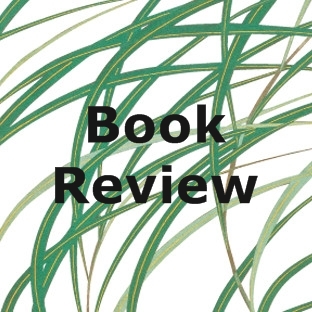
Afriku by Adjei Agyei-Baah A
Haiku Collection Red Moon Press, P.0. Box 2461, Winchester, VA 22604-1661 USA, 2016 Available
from www.redmoonpress.com Priced
at USD 15.
a new voice in haiku emerges: Adjei Agyei-Baah, hailing from Ghana and a leader in the growing haiku movement of Afriku, enriches our world in demonstrating an accomplished sense of this brief poetic form. With breathtaking range of concept and topic, Adjei presents a breadth of new possibilities for haiku in this new century, doing so with a clarity and apparent ease which belies the depth of meaning and feeling – and social consciousness – he powerfully evokes.
These works reveal a poet's passion for his world and culture, without compromise. For example, in:
the farmer digs
into his breath
A complex and powerfully kinesthetic scene arises – of a man, yet also a family; a family yet a country as well; a country yet too a climate. A lineage of work and living, yet also a question of its end: struggle and fear for the future – concerns the reader achingly feels.
Often, animal, human and natural forms relate intimately in a fluid and organic sociality which belies the term "personification," or anthropomorphic fallacy:
lifting a cup of nest
to the sky
We feel again the horror of drought, personified through both the image and literal reality of the dying denuded tree, beseeching the empty heavens as if in supplication or prayer, and behind this, the poet too, finding a way to speak both for humanity and the environment.
Adjei's impressive range of style is shown in haiku such as the following pair, which reveal both a sensitive heart and impressive turns of phrase:
your long gone fragrance
I nurse in pretense
night river
bringing him closer
boy on the moon
A sense of surrealism or magical realism here blends with remembrance, and nonchalance with loss and rediscovery, possessing a lightness of tone that belies the gravitas of each subject.
Haiku, we now know, has an appeal that is now burgeoning throughout the world, and being widely shared through the medium of English. If the reader wonders at this mysterious power of the haiku form, Adjei's work certainly provides an answer, as he weaves together what is most personal and local, in his life, home and culture, with a humanity of spirit that is truly universal.
Kumamoto University, Japan
